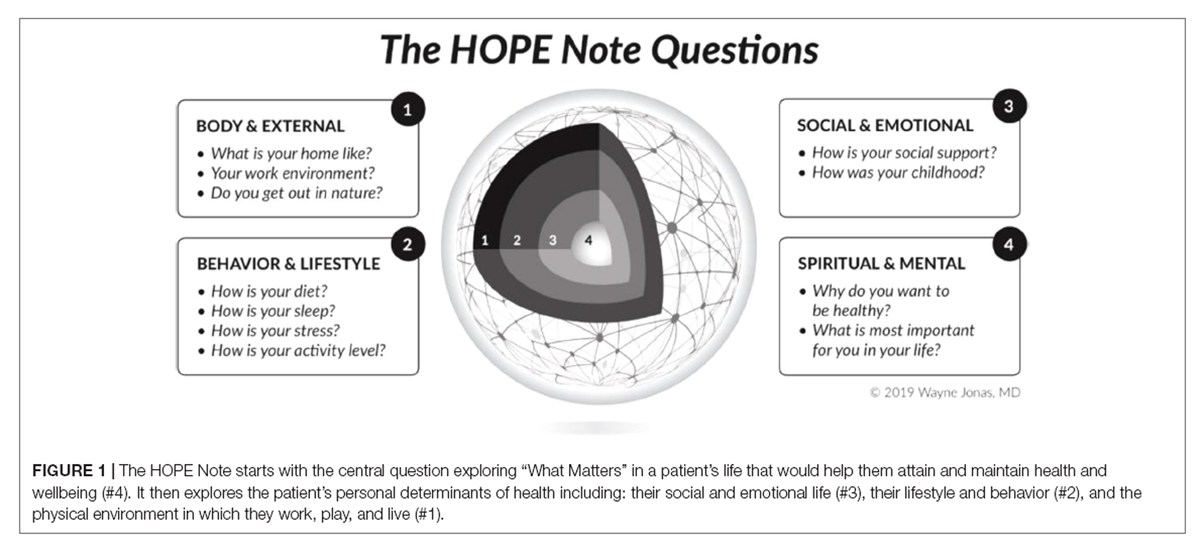Imperfect Placebos Are Common In Low Back Pain Trials: A Systematic Review Of The Literature
SOURCE: Eur Spine J. 2008 (Jul); 17 (7): 889–904
L. A. C. Machado, S. J. Kamper, R. D. Herbert,
G. Maher, and J. H. McAuley
Back Pain Research Group,
Musculoskeletal Division,
The George Institute for International Health,
Missenden Rd, P.O. Box M201,
Camperdown, NSW, 2050, Australia.
The placebo is an important tool to blind patients to treatment allocation and therefore minimise some sources of bias in clinical trials. However, placebos that are improperly designed or implemented may introduce bias into trials. The purpose of this systematic review was to evaluate the adequacy of placebo interventions used in low back pain trials. Electronic databases were searched systematically for randomised placebo-controlled trials of conservative interventions for low back pain. Trial selection and data extraction were performed by two reviewers independently. A total of 126 trials using over 25 different placebo interventions were included. The strategy most commonly used to enhance blinding was the provision of structurally equivalent placebos. Adequacy of blinding was assessed in only 13% of trials. In 20% of trials the placebo intervention was a potentially genuine treatment. Most trials that assessed patients’ expectations showed that the placebo generated lower expectations than the experimental intervention.
There are more articles like this @ our:
Taken together, these results demonstrate that imperfect placebos are common in low back pain trials; a result suggesting that many trials provide potentially biased estimates of treatment efficacy. This finding has implications for the interpretation of published trials and the design of future trials. Implementation of strategies to facilitate blinding and balance expectations in randomised groups need a higher priority in low back pain research.
From the FULL TEXT Article:
Introduction
Placebo-controlled trials are designed to control for incidental factors such as natural recovery, regression to mean and placebo effects. In theory, this permits the specific (non-incidental) effects of treatment to be determined. To control for placebo effects, participants must be kept unaware of their group assignment, that is, they must be blinded. If a placebo-controlled trial fails to achieve acceptable blinding, it is possible that the estimates of treatment effects will be biased due to imbalances in the magnitude of placebo effects between groups. Blinding also contributes to the prevention of other sources of bias in trials such as measurement bias, treatment non-compliance and loss to follow-up [79, 125].
Ideally, blinding is achieved by using placebos that are indistinguishable from the experimental intervention. While this is relatively easy to achieve in pharmaceutical trials, it is more difficult in trials of complex interventions such as exercise or psychological interventions [66, 113]. This is because in trials investigating complex interventions, indistinguishability is often achieved at the expense of having placebos that are not inert.
There is a controversy surrounding the use of term “inert” to describe non-pharmaceutical placebos [18, 34], but much of this debate seems to be merely semantic. For example, Rosenthal and Frank [119] have expanded the inert nature of placebos to psychotherapy by defining placebo as “an activity regarded as therapeutically inert from the standpoint of the theory of the therapy being studied” (p. 299). Semantics apart, trialists should avoid the use of non-inert placebos in trials because they may cause the underestimation of treatment effects. Rather than use placebos that are not inert, the alternative is to instead choose placebos that are clearly inert but distinguishable from the experimental intervention. An example is the use of sham electrotherapy in trials of spinal manipulation or exercise. Theoretically, this could be equally problematic because the dissimilar nature of the interventions may not generate placebo effects of similar magnitude in the experimental and control groups [80, 81].
A systematic review of the literature was conducted to ascertain the adequacy of placebo interventions implemented in clinical trials. We chose to review the trials investigating the efficacy of interventions for low back pain because low back pain represents a common and costly health condition for which a wide range of treatment options are currently available [91].
Read the rest of this Full Text article now!






Leave A Comment